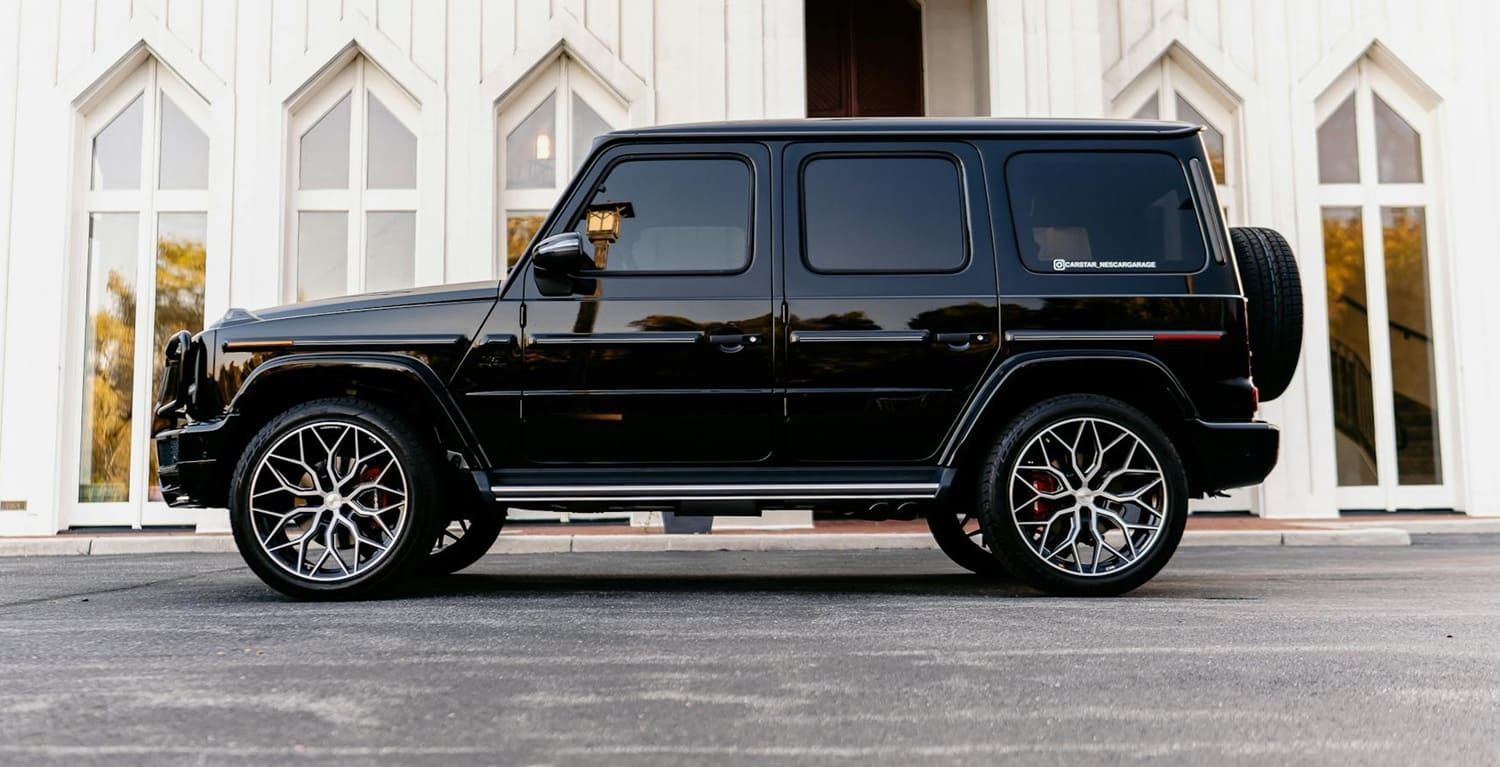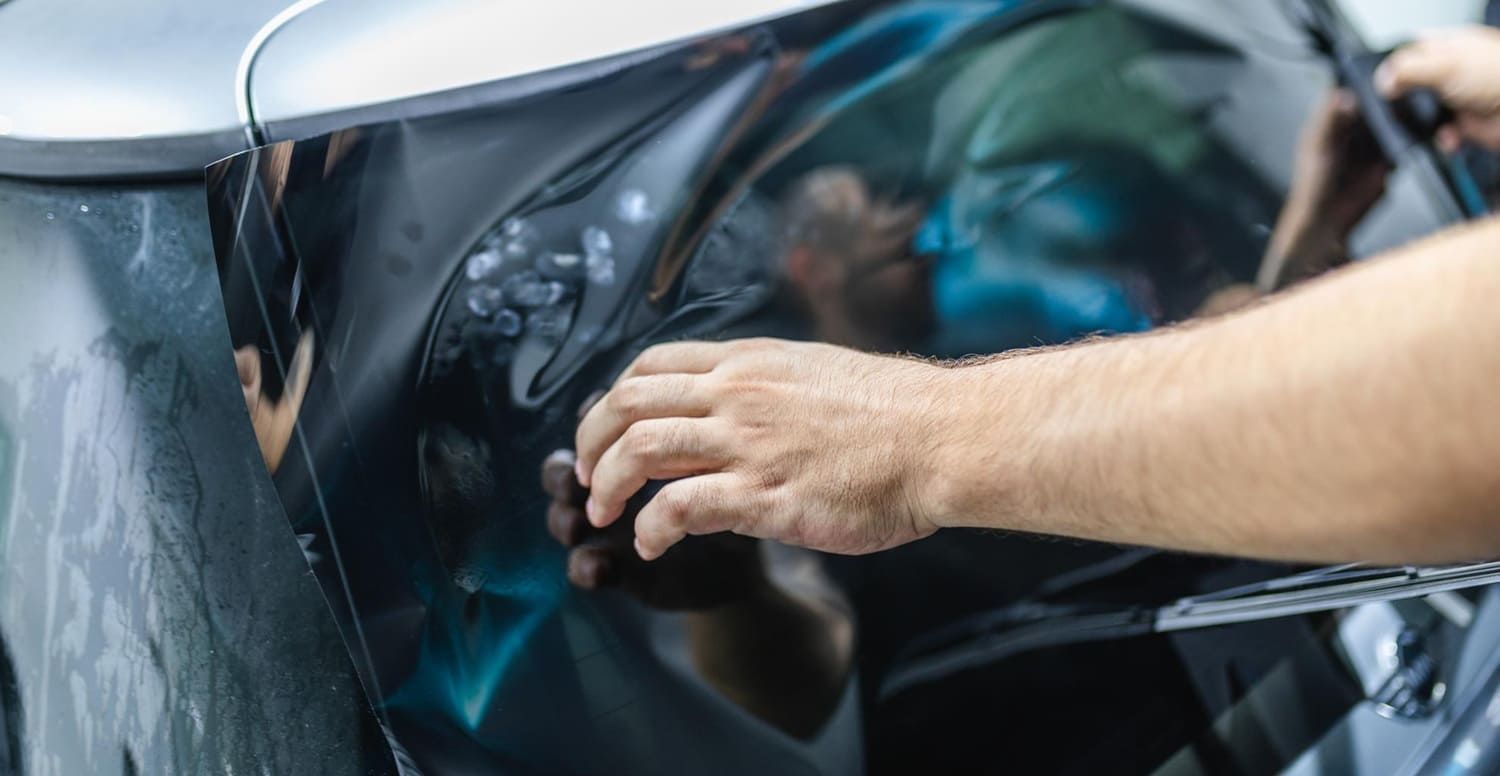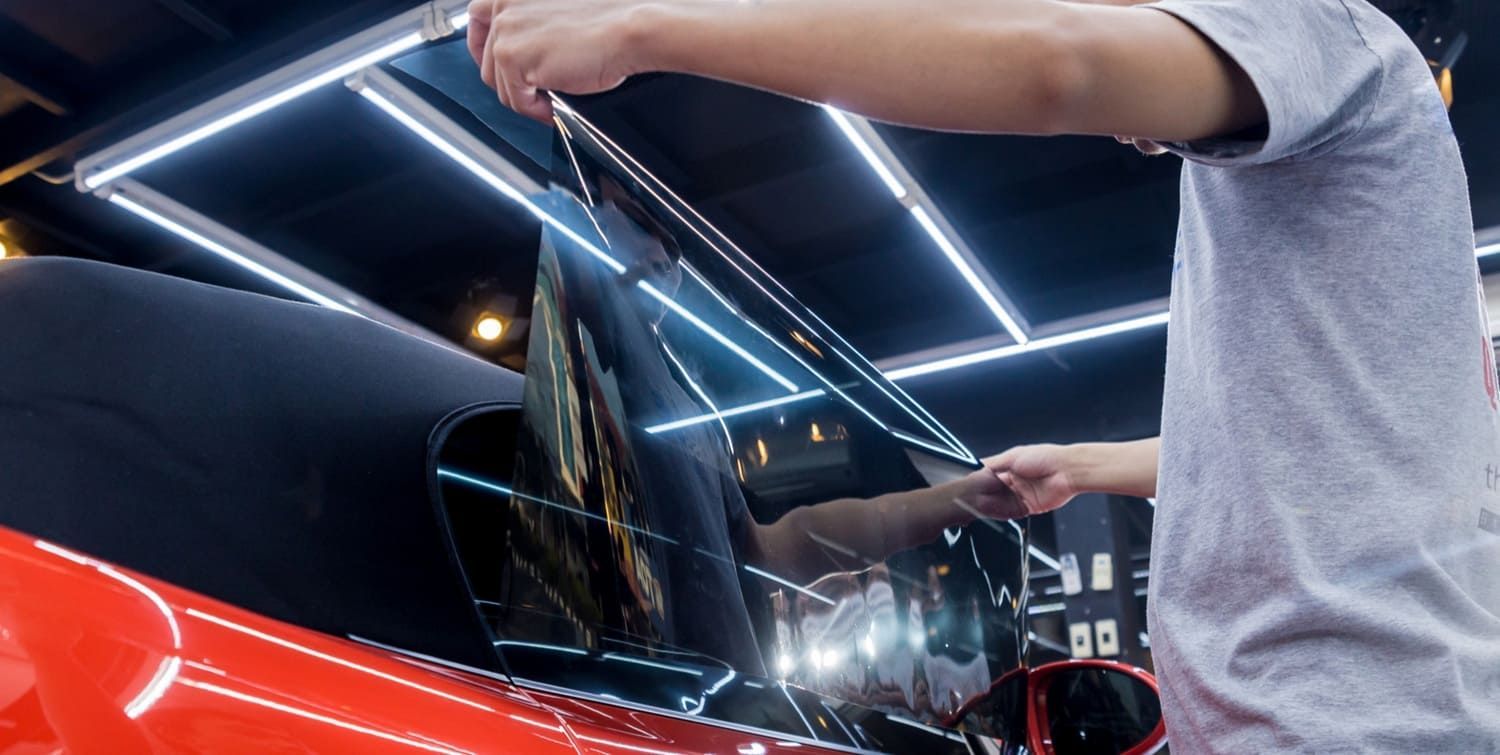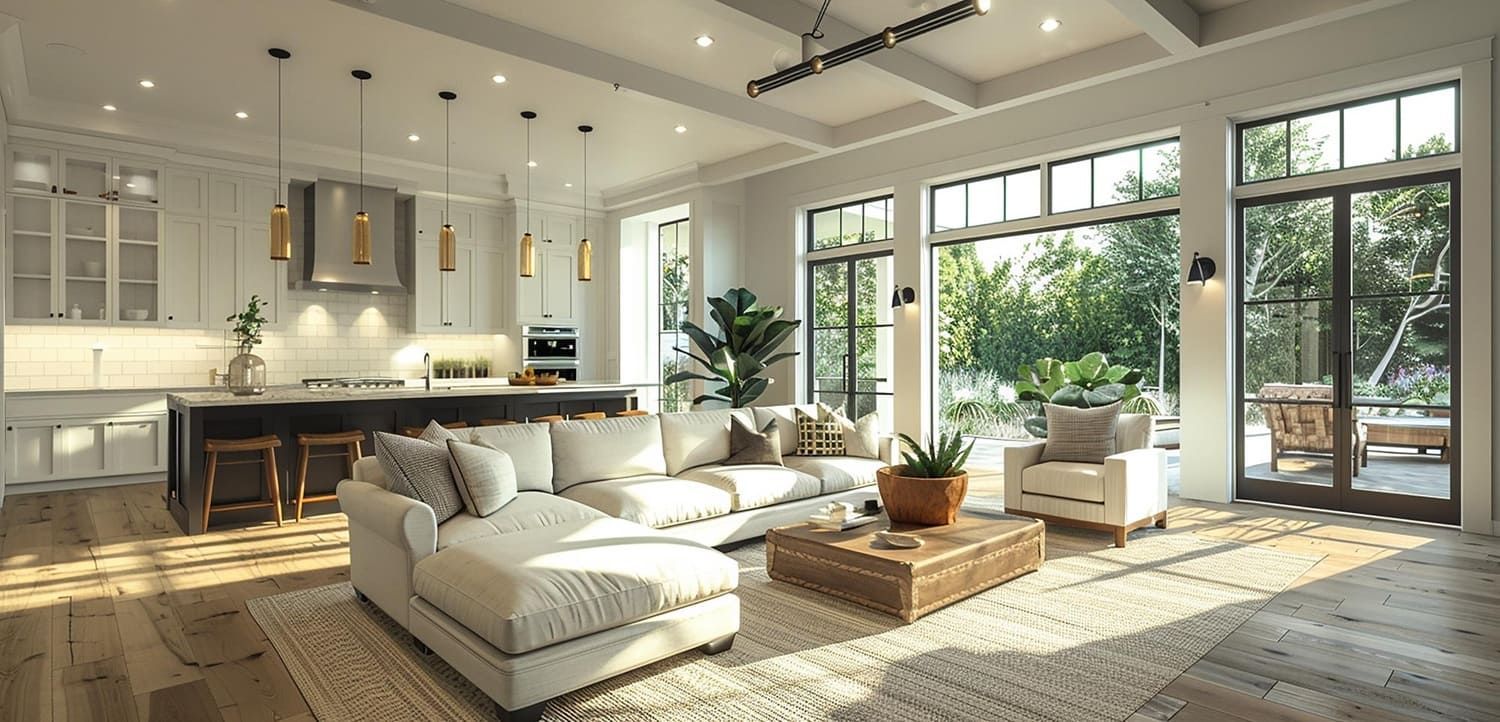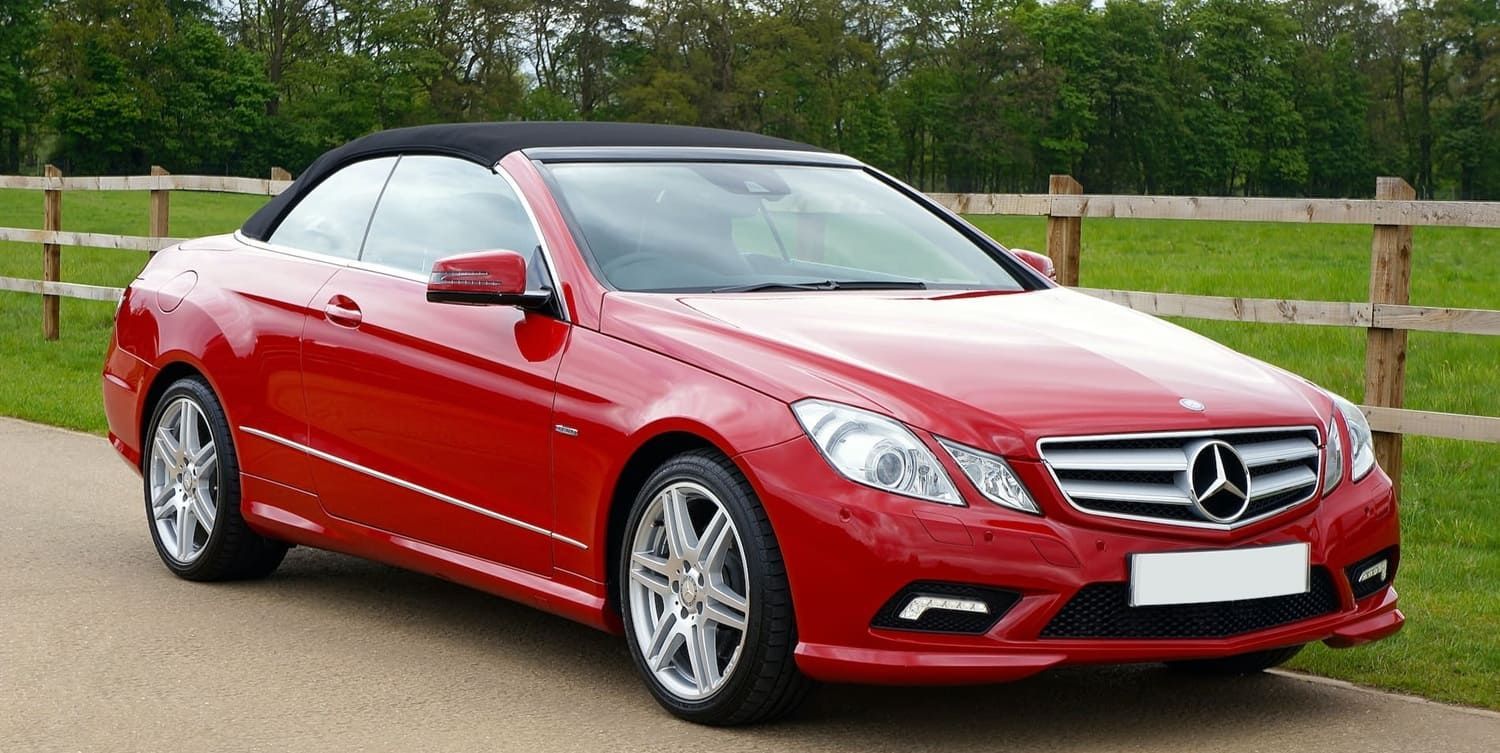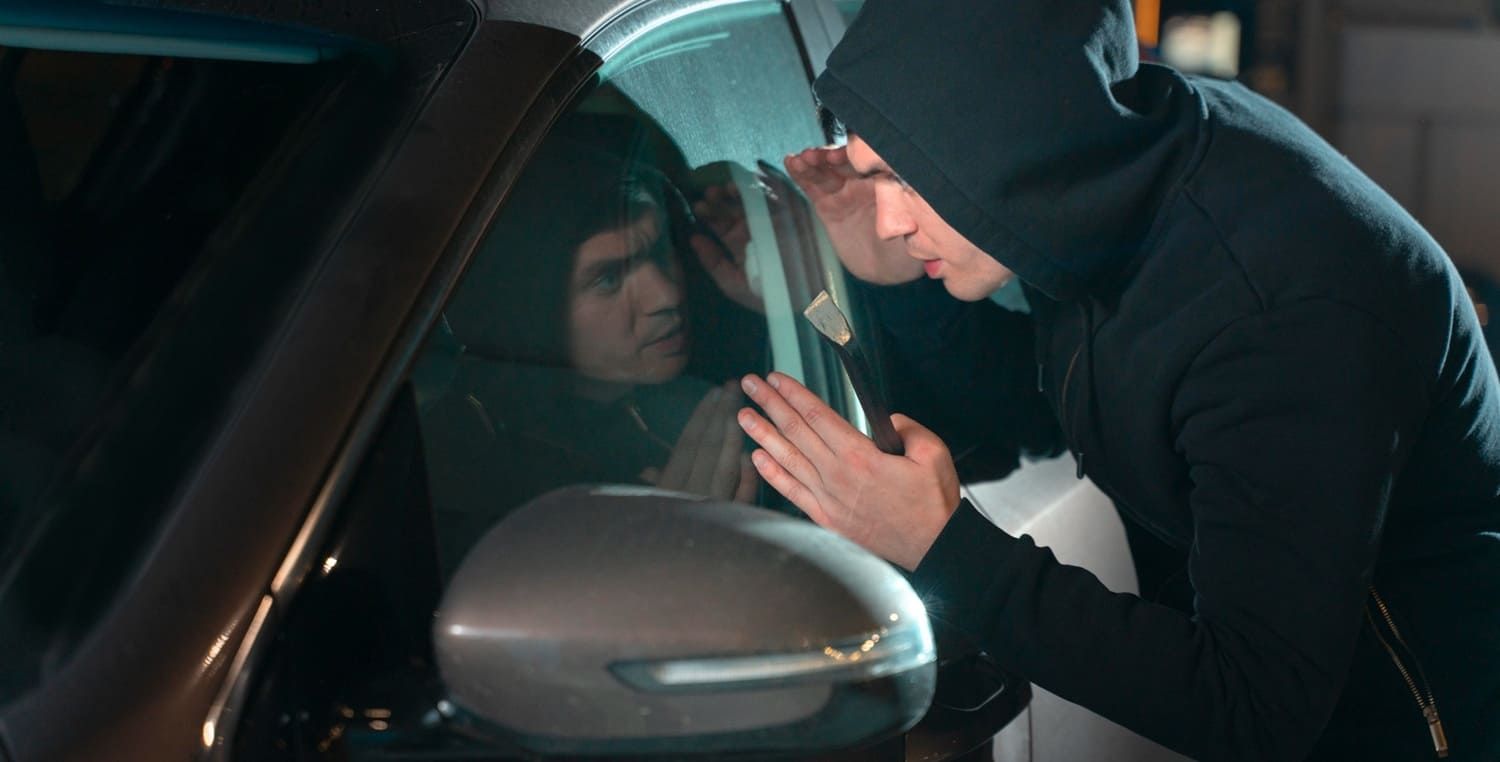Ceramic vs. Carbon Tint: Which Is Better for You?
Car window tint is more than just a style statement; it serves multiple essential purposes. Not only does it reduce glare, but it also blocks harmful UV rays, which are detrimental to both your health and the interior of your car. By blocking these rays, window tinting helps to keep your car cooler during hot days, enhancing your comfort while driving. Additionally, window tinting offers increased privacy, making it harder for prying eyes to see inside your vehicle, and it protects your car's interior from fading due to sun exposure, thereby preserving its aesthetic appeal.
However, not all tints are created equal. The materials used in the tint can significantly impact its performance, durability, and cost. Understanding these differences is key to selecting a tint that meets your specific needs and expectations. The choice of material can influence not only the longevity of the tint but also its effectiveness in terms of heat rejection, UV protection, and clarity. With various options available, it's vital to be informed about what each type of tint brings to the table.

What Is Ceramic Tint?
Ceramic tint is a relatively new technology in the window tinting industry that has rapidly gained popularity due to its exceptional performance. It is made using ceramic particles that are non-metallic and non-conductive, setting it apart from traditional tints that may interfere with electronic devices. This non-metallic nature ensures that ceramic tint provides excellent performance without affecting GPS or phone reception, making it an ideal choice for modern vehicles equipped with advanced technology.
Benefits of Ceramic Tint
- Superior Heat Rejection: Ceramic tint is known for its extraordinary ability to block solar heat. It can reject up to 50% of solar heat, keeping your car cooler and significantly reducing the need for air conditioning. This not only enhances comfort but also improves fuel efficiency by decreasing the reliance on your car’s AC system.
- UV Protection: This type of tint blocks up to 99% of harmful UV rays, offering superior protection for both you and your car's interior. By preventing UV damage, ceramic tint helps maintain the quality and appearance of your car's upholstery and dashboard.
- Clarity and Aesthetics: Ceramic tint provides clear visibility with minimal glare, which is particularly beneficial during night driving. Its resistance to fading ensures that your car maintains a sleek and polished look over time, contributing to a more sophisticated appearance.
- Non-Metallic: Without metallic particles, ceramic tint doesn't interfere with electronic signals, making it ideal for modern cars packed with tech features. This is a significant advantage for drivers who rely on GPS, mobile connectivity, and other electronic aids.
- Durability: Ceramic tint is resistant to fading, bubbling, and discoloration, offering a long-lasting solution for window tinting. Its durability ensures that it continues to perform well under various environmental conditions, providing value for your investment.
Drawbacks of Ceramic Tint
- Cost: Ceramic tint is one of the most expensive options on the market due to its advanced technology and superior performance. This higher cost can be a deterrent for budget-conscious consumers, making it a less accessible option for some car owners.
What Is Carbon Tint?
Carbon tint, as the name suggests, contains carbon particles, which play a crucial role in its performance. These particles are effective at blocking infrared light, the primary culprit responsible for heating the interior of your car. This makes carbon tint a practical choice for those looking to enhance their vehicle's comfort without opting for the most high-end solutions.
Benefits of Carbon Tint
- Good Heat Rejection: While not as effective as ceramic tint, carbon tint still offers good heat rejection, making it a suitable choice for those in sunny climates. It helps to reduce the internal temperature of the car, providing a more comfortable driving experience.
- UV Protection: Carbon tint also provides excellent UV protection, blocking up to 99% of harmful rays. This ensures that both passengers and the car's interior are protected from potential UV damage.
- No Fading: One of the standout features of carbon tint is its resistance to fading over time. This durability ensures that your car maintains its aesthetic appeal for years, even in harsh sunlight.
- Matte Finish: Carbon tint gives your car windows a sleek, matte finish, which is aesthetically pleasing and can enhance the overall look of your vehicle. This finish is often preferred by those who want a stylish, non-reflective appearance.
- Cost-Effective: Compared to ceramic tint, carbon tint is more affordable, making it a popular choice for those on a budget. It provides a balance of performance and cost-efficiency, appealing to a wide range of consumers.
Drawbacks of Carbon Tint
- Signal Interference: In some cases, carbon tint can interfere with electronic signals, although this is less of an issue compared to metallic tints. This potential drawback may affect those who heavily rely on in-car electronic devices, though advancements have minimized these issues.
Ceramic Tint vs. Carbon Tint: Comparison
Heat Rejection
When comparing heat rejection capabilities, both ceramic and carbon tints offer significant benefits. However, ceramic tint leads the way with its superior performance. If keeping your car cool in extreme temperatures is a priority, ceramic tint is the better choice due to its higher efficiency in blocking solar heat.
UV Protection
Both tints excel in UV protection, blocking up to 99% of harmful rays. This feature is crucial for protecting your skin and preventing your car's interior from fading. Whether you choose ceramic or carbon tint, you can be assured of excellent UV protection for your vehicle.
Visibility and Glare
Ceramic tint provides better visibility and reduces glare more effectively than carbon tint. This can be a significant advantage when driving in bright sunlight or at night, as it enhances safety and comfort by reducing eye strain and improving clarity.
Durability
Ceramic tint stands out in terms of durability, with a higher resistance to fading, bubbling, and discoloration. While carbon tint is also durable, it may not last as long as ceramic tint under extreme conditions. The longevity of ceramic tint can offer better value over time, despite its higher initial cost.
Cost
Cost is a crucial factor for many car owners. Ceramic tint is more expensive due to its advanced technology and superior performance, making it a premium choice. If budget is a concern, carbon tint offers a more affordable alternative without sacrificing too much in terms of performance, making it an attractive option for many.
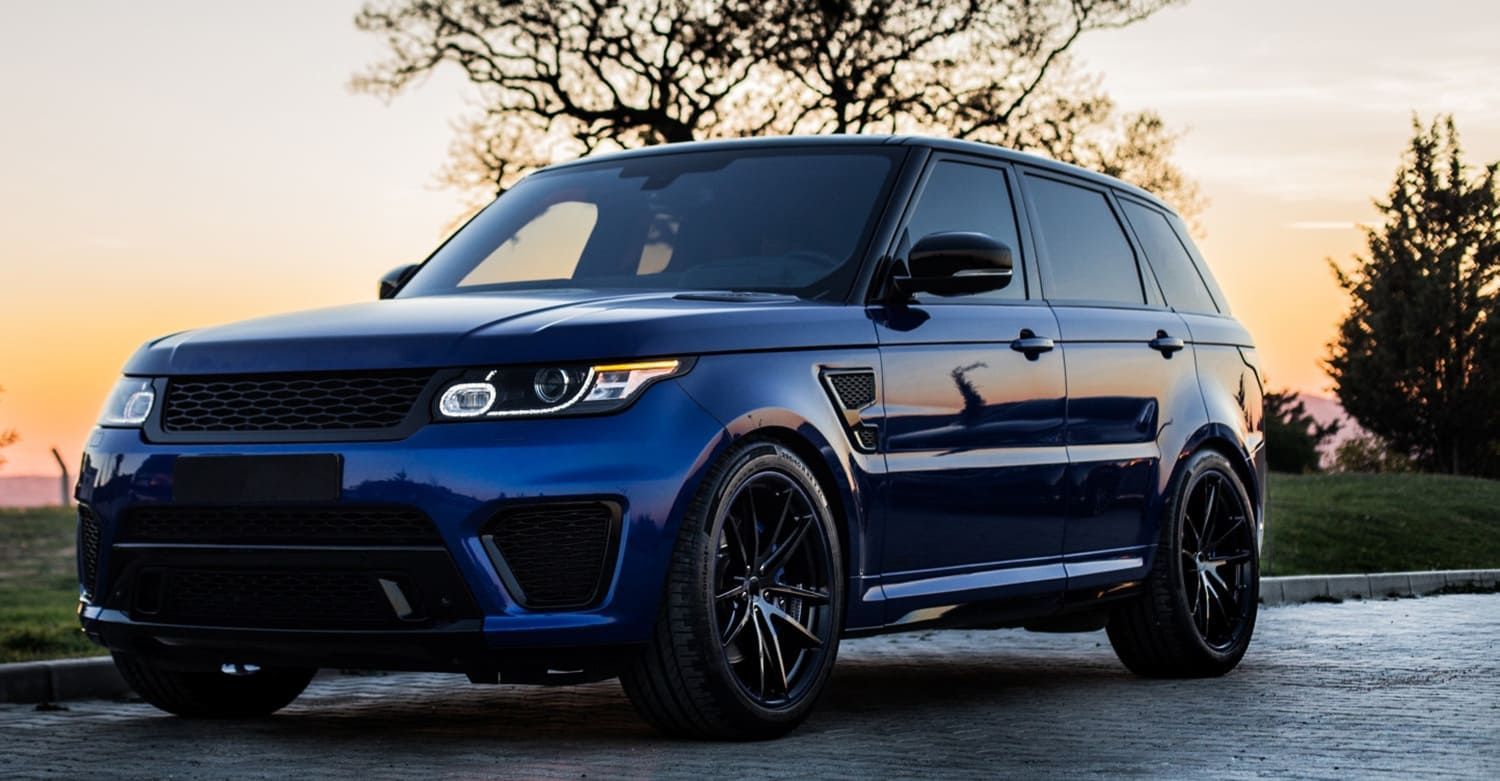
Which Tint Is Right for You?
Choosing between ceramic and carbon tint depends on your priorities and budget. If you desire the best performance in terms of heat rejection, clarity, and durability, and are willing to invest more, ceramic tint is the way to go. It's especially beneficial for those living in hot climates or for high-end vehicles where maintaining interior quality is crucial. Its superior features make it an investment in both comfort and the long-term value of your vehicle.
On the other hand, if you're looking for a cost-effective solution that still offers good performance and a sleek appearance, carbon tint is an excellent choice. It's suitable for those who want to enjoy the benefits of window tinting without breaking the bank. Carbon tint provides a balanced approach to performance and affordability, making it accessible to a wider audience.
Conclusion
Both ceramic and carbon tints offer unique benefits and can significantly enhance your driving experience. At Applied Film Technology, your premier window tinting installers serving Virginia Beach, Virginia, we help you understand the key differences between these high-performance tint options so you can make the best choice for your vehicle.
By evaluating factors such as heat rejection, UV protection, visibility, durability, and cost, you can select a window film that matches your needs and budget. Whether you choose ceramic tint for its superior heat-blocking capabilities or carbon tint for its sleek appearance and great value, both provide lasting protection and elevated style.
Contact Applied Film Technology today for your free estimate and expert advice on choosing between ceramic and carbon tint.
Ultimately, the right window tint enhances your comfort, protects your interior, and elevates your driving experience—tailored perfectly to your lifestyle.


